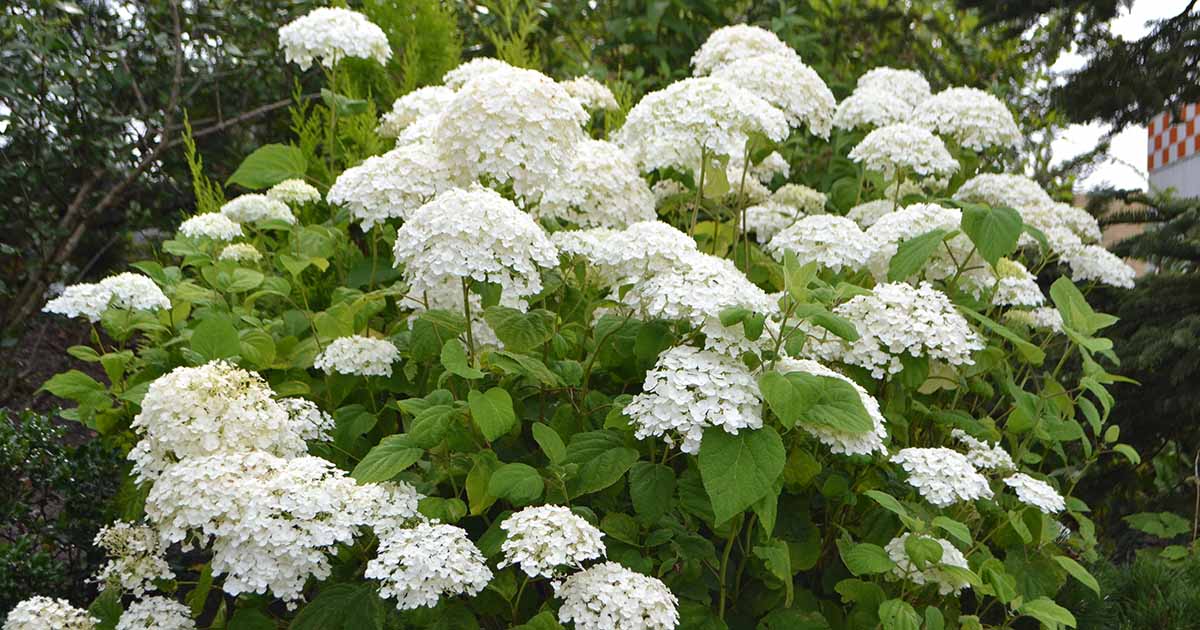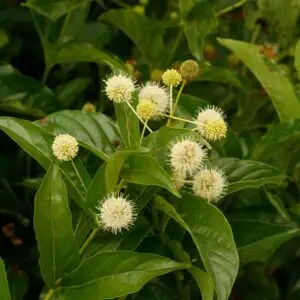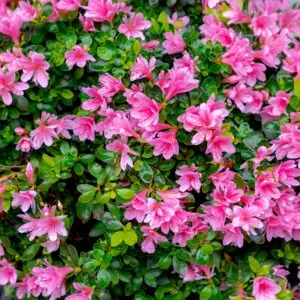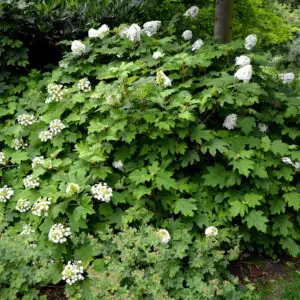| Size | Trade Gallons, Two Gallons, Three Gallons |
|---|
Hydrangea arborescens – Smooth Hydrangea(B&B.DR.H.M.MTH.NB.OP.RR)
Price range: $20.00 through $40.00
Ecosystem Services:
(B)-Birds (B&B)-Birds & Butterflies
(BTF)-Butterflies (BW)-Black Walnut Resistant
(DR)-Deer Resistant (DRGHT)-Drought Resistant
(EC)-Erosion Control (EVR)-Evergreen
(FC)-Fall Color (FRG)-Fragrant
(GRD)-Groundcover (H)-Host plant
(HMR)-Hummingbirds (M)-Mammals
(MTH)-Moths (N)-Nectar
(NB)-Native Bees (NST)-Nesting Material
(OP)-Other pollinators (RR)-Rabbit Resistant
(SHWY)-Showy (SPC)-Specimen Plant
Smooth hydrangea is a rounded, deciduous shrub in the hydrangea family (Hydrangeaceae). It is native to moist or rocky wooded slopes, ravines, streambanks, and bluff bases in the eastern United States.
It grows 3 to 5 feet tall and wide and is the most common native hydrangea in Georgia. It grows well on a slope, naturalized area, or in a woodland.
It is very cold hardy but will also grow in warmer climates. It requires neutral to acidic, well-drained soils in partial shade; it will tolerate full sun only if grown with consistent moisture. It blooms on new wood and can be pruned back close to the ground in late winter to encourage vigorous stem growth. At the very least, weak and damaged stems should be removed in early spring. Propagate smooth hydrangea by layering, seed, or stem cutting.
Unlike some other hydrangeas, the flower color is not affected by the soil pH
Consider smooth hydrangea planted in mass or a specimen for native, pollinator, rain, or shade gardens. .
Host plant of the Hydrangea Sphinx Moth.





